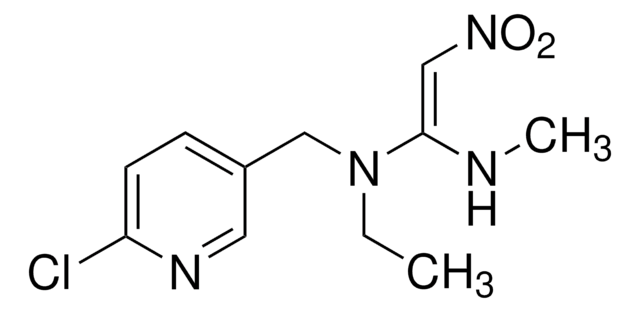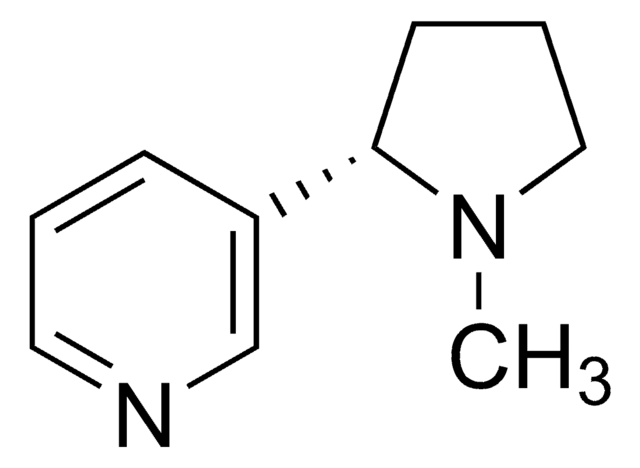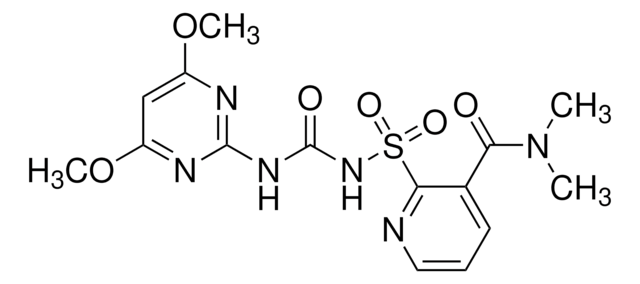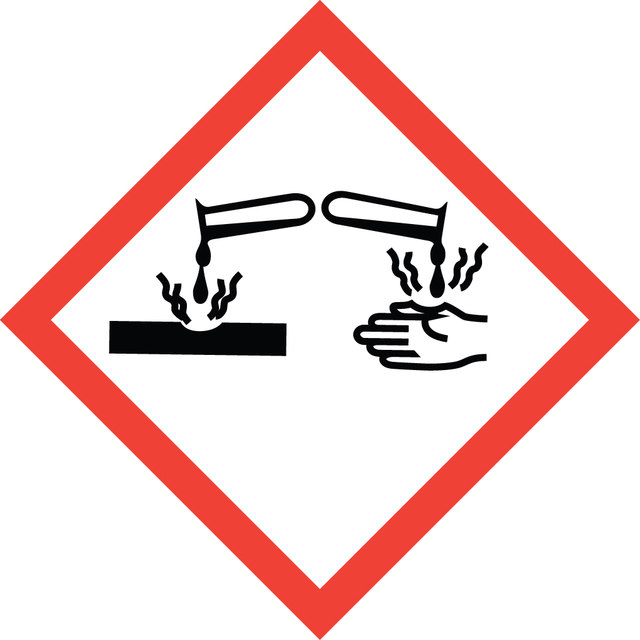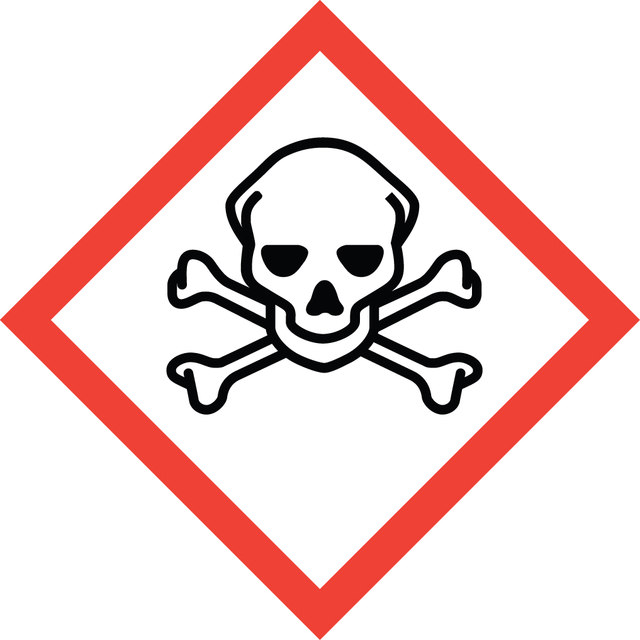8.02954
N,N′-Dicyclohexylcarbodiimide
for peptide synthesis
Synonyme(s) :
N,N′-Dicyclohexylcarbodiimide, DCC
About This Item
Produits recommandés
Product Name
N,N′-Dicyclohexylcarbodiimide, for synthesis
Niveau de qualité
Forme
solid
Puissance
1110 mg/kg LD50, oral (Rat)
71 mg/kg LD50, skin (Rat)
Capacité de réaction
reaction type: Coupling Reactions
pb
148-152 °C/15 hPa
Pf
35-36 °C
Température de transition
flash point 113 °C
Densité
0.95 g/cm3 at 40 °C
Masse volumique apparente
920 kg/m3
Catégories apparentées
1 of 4
Cet article | D1980000 | BP899 | D2521 |
|---|---|---|---|
| manufacturer/tradename USP | manufacturer/tradename EDQM | manufacturer/tradename BP | manufacturer/tradename - |
| grade pharmaceutical primary standard | grade pharmaceutical primary standard | grade pharmaceutical primary standard | grade - |
| format neat | format neat | format mixture | format - |
| application(s) pharmaceutical (small molecule) | application(s) pharmaceutical (small molecule) | application(s) pharmaceutical | application(s) - |
| API family diltiazem | API family diltiazem | API family diltiazem | API family - |
| Gene Information human ... CACNA1C(775), CACNA1D(776), CACNA1F(778), CACNA1S(779) | Gene Information human ... CACNA1C(775), CACNA1D(776), CACNA1F(778), CACNA1S(779) | Gene Information human ... CACNA1C(775), CACNA1D(776), CACNA1F(778), CACNA1S(779) | Gene Information human ... CACNA1C(775), CACNA1D(776), CACNA1F(778), CACNA1S(779) |
Description générale
Application
- The synthesis of optically pure N-acyl-N,N′-dicyclohexylureas.[2]
- The activation of the carboxylic acid groups in aromatic carboxylic acids to facilitates their reaction with (N-isocyanimino)trifluoroacetamide to form the corresponding 1,3,4-oxadiazole derivatives.[3]
- The synthesis of poly (vinyl alcohol-co-vinyl levulinate) copolymers for use in biomedical applications.[4]
Mention d'avertissement
Danger
Mentions de danger
Conseils de prudence
Classification des risques
Acute Tox. 3 Dermal - Acute Tox. 4 Oral - Eye Dam. 1 - Skin Sens. 1
Code de la classe de stockage
6.1D - Non-combustible, acute toxic Cat.3 / toxic hazardous materials or hazardous materials causing chronic effects
Classe de danger pour l'eau (WGK)
WGK 3
Point d'éclair (°F)
235.4 °F - closed cup
Point d'éclair (°C)
113 °C - closed cup
Certificats d'analyse (COA)
Recherchez un Certificats d'analyse (COA) en saisissant le numéro de lot du produit. Les numéros de lot figurent sur l'étiquette du produit après les mots "Lot" ou "Batch".
Besoin d'un modèle de COA ?
Ceci est un modèle de certificat d'analyse (COA pour Certificate of Analysis) et peut ne pas être représentatif d'un lot récemment fabriqué de ce produit spécifique.
Déjà en possession de ce produit ?
Retrouvez la documentation relative aux produits que vous avez récemment achetés dans la Bibliothèque de documents.
Les clients ont également consulté
Articles
Determination of Neonicotinoids in Honey using a Chromolith RP-18 HPLC column and UV Detection
Protocoles
Extraction and Analysis of Neonicotinoid Pesticides from Flower Blossoms Using Supel™ QuE and Ascentis® Express
LC/MS/MS Analysis of Neonicotinoid Pesticides in Dandelion Blossoms on Ascentis® Express C18 after Dispersive SPE (QuEChERS) using Supel™ QuE
Learn more about Neonicotinoids - active substances used in plant protection products to control harmful insects.
On Friday, April 27, 2018, the European Union decided to ban the use of three neonicotinoid insecticides from use on field crops, having deemed them dangerous to bees. This application demonstrates the analysis of these banned compounds and others from dandelion blossoms using QuEChERS and LC-MS.
Notre équipe de scientifiques dispose d'une expérience dans tous les secteurs de la recherche, notamment en sciences de la vie, science des matériaux, synthèse chimique, chromatographie, analyse et dans de nombreux autres domaines..
Contacter notre Service technique